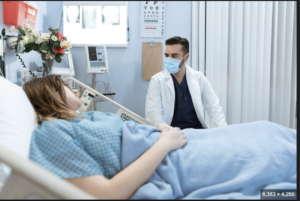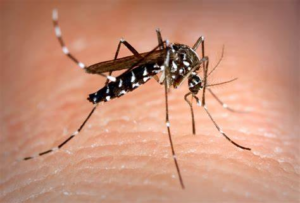The science behind falling in love
3 min read
Why we fall in love
The main reasons why we fall in love come from our ancestors. The need for pair bonding and reproduction were essential for the evolution of our species.
Enter the science of love
Nature took care of ensuring we didn’t go extinct by managing our hormonal responses in a way that allowed us to survive as a species.

Three stages of falling in love
When we fall in love, we go through three stages: lust, attraction, and attachment. All three stages are associated with different hormonal responses.
Lust
This is our limbic system working at its best. It’s the initial sexual attraction we feel towards a person we find attractive.
Estrogen and testosterone are the main hormones responsible for this feeling.
Lust: norepinephrine
Norepinephrine, or PEA, is a naturally occurring amphetamine that increases the experience of joy and reduces appetite. It’s usually released on this stage and continues into the attraction phase.

Attraction
This is where all the fun begins. This stage happens after the first biological response and it triggers a number of hormonal responses.
Reward system
Love essentially triggers a feedback loop in our brain’s reward system, making us want more. It kicks in mostly during this phase.
Attraction: adrenaline
Yes, the first rush comes from adrenaline. Falling in love with a person will actually cause a stress response in your body.
It’s likely that you have experienced these symptoms. Think a racing heartbeat, dry mouth, or sweaty palms. These are all reactions triggered by adrenaline.
Attraction: dopamine
Being in love induces our bodies to produce the neurotransmitter dopamine. Also known as the “feel good” hormone. Dopamine is responsible for feelings of pleasure and happiness.
Dopamine is a natural “high.” Its stimulant effects on the brain can make you feel great!
Effects of high dopamine levels include increased energy, increased focus, and feeling less hungry.
Attraction: serotonin
Can’t stop thinking about your newfound love? That’s serotonin in action!
Women tend to produce slightly higher levels of serotonin than men when falling in love.
Attachment: oxytocin
This is the hormone that makes us want to cuddle. It’s responsible for feelings of attachment with our loved ones.
There is a spike in oxytocin levels during o r g a s m.
Oxytocin is also the hormone that makes us bond as humans. It’s key in the relationship between mother and child immediately after birth.
So much so that it mediates lactation. It essentially signals the breasts to release milk when the baby needs it.
Attachment: vasopressin
Vasopressin is mostly known as an anti-diuretic. It works in the kidneys and it controls thirst.
This hormone is also released immediately after sex. This hormone plays a key role in sex and partner preference.
Vasopressin is an essential hormone that promotes healthy, long-lasting relationships.
Love hurts
As with many other addictions, going cold turkey can be painful.
We feel withdrawal symptoms when we break-up with our partner.
Dopamine controls most of the brain’s reward system, so it’s natural that a crash in dopamine release will make us feel like we have a broken heart.
When the cocktail goes wrong
Unbalanced hormonal levels can lead to a series of issues, particularly because our brain’s reward system is involved.
Excessive levels of dopamine can play a role in addiction. The same areas of the brain can be triggered by drugs or by binge eating for instance.
Too much dopamine and the reward pathways in our brain can start seeking for excitement elsewhere. Addiction, jealousy, and erratic behavior can be a result of us trying to get the next dopamine “fix.”
Love
Love is a complex chemical cocktail that is an essential part of the human experience. Enjoy it!


